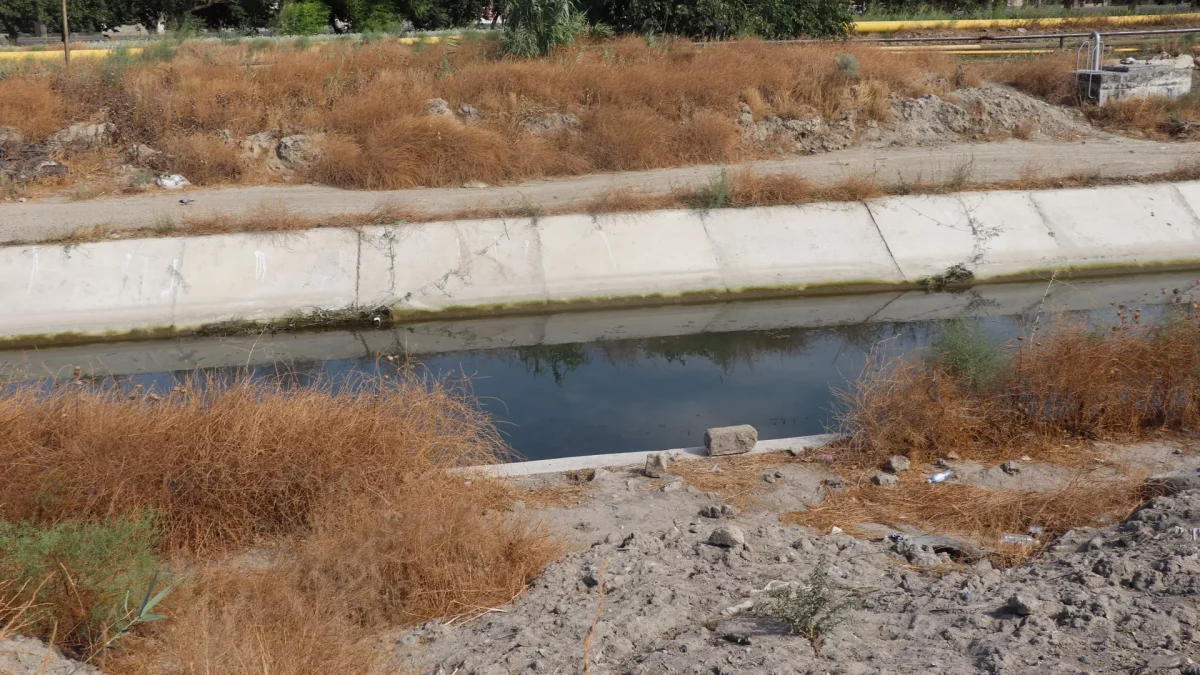The water balance in Azerbaijan this year leaves room for optimism. In the Mingachevir reservoir, for example, the water level is two meters higher than last summer.
Work is being carried out at an accelerated pace on the Upper Karabakh Canal, the country’s largest main irrigation artery.
The canal originating from the Mingachevir reservoir, passing through six regions of the country, serves the agriculture of 11 districts, Dilgam Sharifov, press secretary of Melioration and Water Management OJSC, said.
The length of the canal is 172.4 km., It has 19 hydraulic structures, 32 bridges, 12 pressure boosters, including 45 switchgears, consisting of siphons and pipes.
In preparation for the spring-summer irrigation season of 2022, the canal is being repaired.
To combat water losses, soil is filled into the low, narrow parts of the canal. Internal slopes are cleared of adhering silt. All this work is carried out by the Upper Karabakh Canal Operations Department.
At the same time, 25 cubic meters of water per second enters the Araz River, which eliminates the shortage of water in the Saatli, Sabirabad, Imishli, Bilasuvar and Jalilabad regions located along the river.
In general, the water balance in Azerbaijan this year is much better than in previous years, when farmers complained about the lack of water for irrigation. Only in the Mingachevir reservoir the water level has risen by two meters compared to last summer.
At present, the internal slopes of the canal are being cleared of shrubs, and a thick layer of silt is removed from there using machinery.
The Upper Karabakh Canal, designed in 1951, was put into operation in 1958.
Improving the supply of arable land with irrigation water is one of the main factors in the development of agriculture. That is why consistent measures are being taken to provide arable land with water, the irrigation network is expanding, and repair and restoration work is underway.
There are 136 reservoirs in Azerbaijan, and their total capacity is 21,500 million cubic meters. 61 reservoirs of the country have a capacity exceeding 1 million cubic meters. They are created both in riverbeds (channel reservoirs) and beyond (out-of-stream reservoirs).
Most reservoirs are seasonally regulated and used for irrigation. HPPs built on the Kura, Araz and Terter rivers, as well as the Shamkir, Mingachevir, Yenikend, Varvaran, Araz and Sarsang reservoirs are complex water bodies and are used to provide energy, irrigation and water supply.

